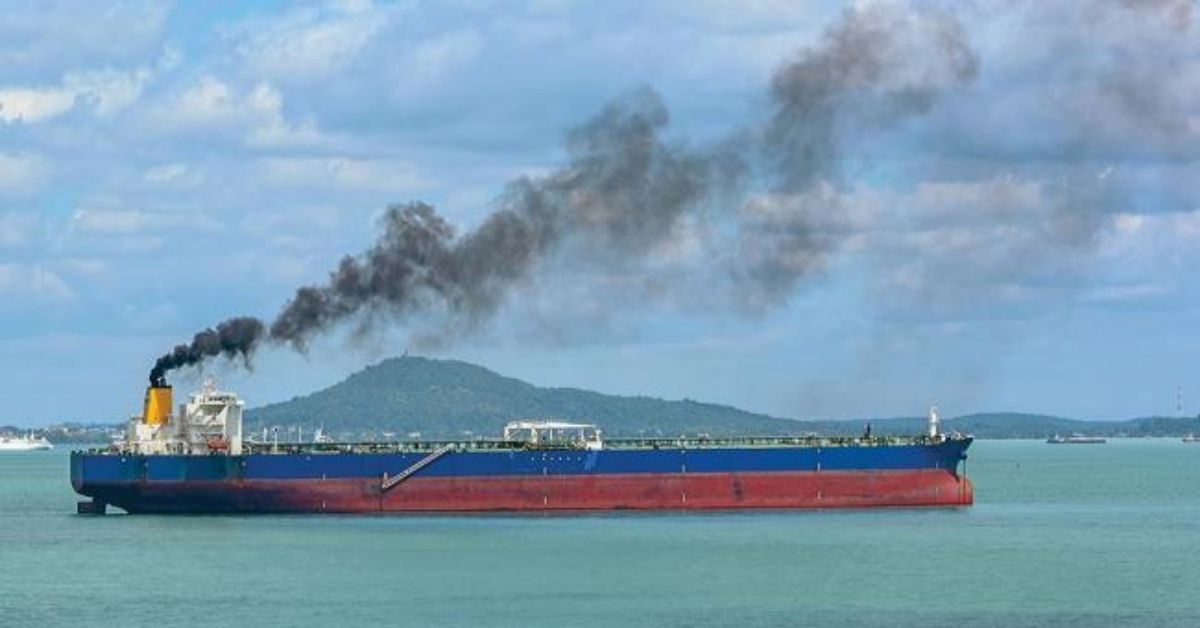The shipping industry’s investment in reaching carbon net zero has been understood in a new report launched by BCG today: ‘Decarbonization and Willingness to Pay (WtP) in the Global Shipping Industry’.
The key finding shows that despite global economic and geopolitical challenges, urgency to address climate issues in the sector have grown. Those surveyed highlighted that +80% of them were willing to pay a premium for zero-carbon shipping, growth from ~70% a year ago. The average premium amounts to 3%, a Year-on-Year increase of ~30% that amounts to ~$10-$20 billion in extra revenue for the sector. A further 65% surveyed highlighted that they would be willing to pay an increased premium in future.
The survey found that regulation remains the most common driver for a WtP premium, but end-customer demand is increasingly playing a role (2021: 29%, 2022: 34%). Further there is increasing consensus that shipping customers stand to gain competitive advantage by using carbon-neutral shipping (2021: 59%, 2022: 63%).
More investment needed
Despite significant development over the past year, accompanied by growing support for zero-carbon shipping, a WtP premium of 3% is still not enough to fund decarbonization by 2050, this would require a premium of between 10% to 15%.
It is increasingly clear that consumer demand and behaviour is vital to closing the gap in the shipping industry. Sustainability awareness among consumers is roughly 80%, with about 70% willing to pay a small premium (5%) for sustainable consumer products (Maersk Mc-Kinney Moller Center for Zero Carbon Shipping).
Fortunately, decarbonizing the value chain for many consumer products costs less than 5%, meaning there is potential to utilize consumer demand to close the gap between today’s 3% WtP premium and the required 10%-15% among shipping customers.
Solutions to accelerate this process are already in the landscape. While policymakers hold legislative levers (e.g., carbon taxes), other categories of players, such as shipping companies, shipping customers, and financial institutions, must also act.
Speaking on the report findings, Peter Jameson, Partner Infrastructure, Cities & Transport, BCG, said:
“The findings from this year’s report show great promise, with the share of customers willing to pay a premium 10% higher than in 2021. While the industry is undoubtedly moving in the right direction, there is plenty still to do. Policy makers hold levers like carbon taxes, while end consumers can be activated to help pay for decarbonization through small increases to everyday purchases.
“Failure to act will mean the 10-15% premium needed to fund decarbonization now will not be achieved for another five years. We must be intentional today to meet the goals for 2050.”
The report, which surveyed 125 major shipping players from around the globe in September 2022, builds on the original survey, published in June 2021.






